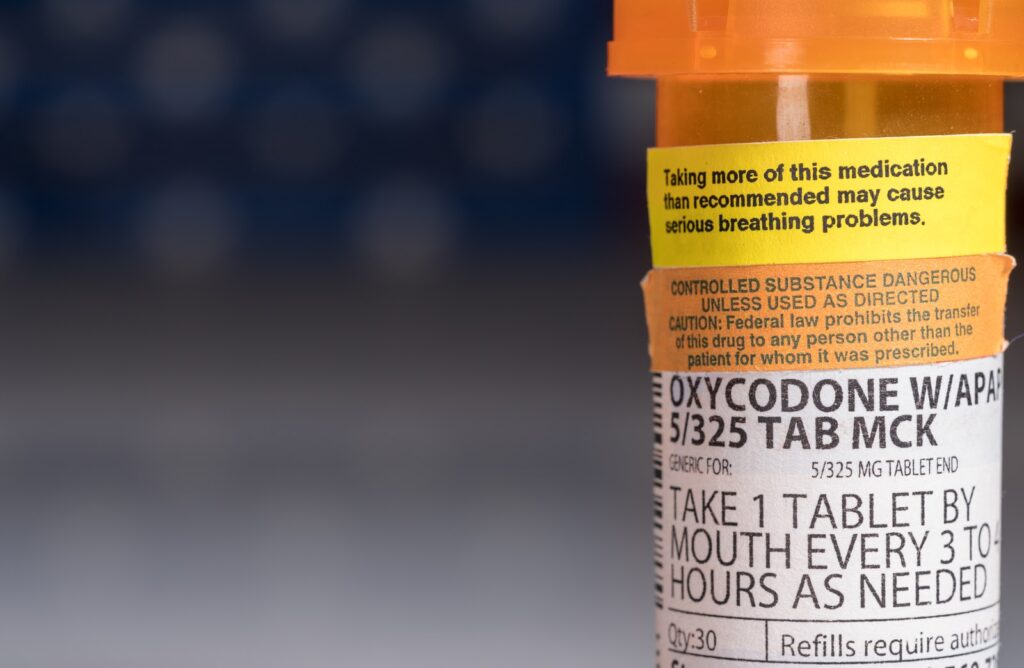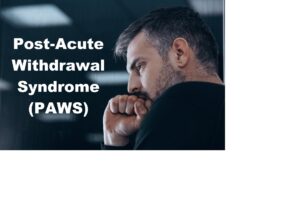Many people think narcotics are every type of illicit drugs, but that’s only partially true. So, what is a narcotic? It is an illicit substance, but it is a specific type. A narcotic is another name of opioid. They are one in the same and come from the poppy plant.
Narcotics produce a “stupor” effect that dulls the user’s senses and relieves pain. That’s why they’re commonly prescribed by doctors as powerful pain relievers.
Using Narcotics as a Painkiller
As mentioned above, narcotics are also called opioid pain relievers. You’ll probably recognize them under other names, like oxycodone (OxyContin®), hydrocodone (Vicodin®), codeine, or morphine. Doctors only administer and prescribe these powerful medications to patients who are in severe pain, such as post-surgery recovery or broken bones.
When used carefully and under a health care provider’s direct care, these drugs are safe and effective. However, they can be abused and habit-forming.
The leading cause of narcotic addiction begins with prescriptions — about 80 percent of people who use heroin first misused prescription opioids. The Centers for Disease Control and Prevention (CDC) took notice and began to follow the trend, which resulted in states releasing their own regulations about narcotic/opioid prescriptions.
Data Surrounding Narcotic Prescriptions
According to the CDC, the total number of narcotic prescriptions dispensed peaked in 2012 at more than 255 million. The total prescribing rate was 81.3 prescriptions per 100 persons (81.3%). The numbers began to steadily increase in 2006.
Post-2012, the number of prescriptions slowly began to decline. In fact, 2018 saw a record-low of narcotic prescriptions, with 51.4 prescriptions per 100 persons, which is a total of more than 168 million total opioid prescriptions.
Despite this, narcotic prescription rates were still very high in certain areas of the country in 2018. The CDC reported that 11% of US counties dispensed enough opioid prescriptions to allow for everyone in the county to have one.
The CDC also found that while the overall opioid prescribing rate in 2018 was 51.4 prescriptions per 100 people, some counties had rates that were six times higher than that — 308.4 prescriptions for every 100 people, just over a 3:1 ratio.
There is wide variability at the county level in the amount of opioids received per resident, according to the CDC. Counties with higher prescribing have been shown to have these characteristics:
- Generally smaller cities or larger towns
- Higher percentage of white residents
- Higher number of dentists and primary care physicians per capita
- More people who are uninsured or unemployed
- More residents who have diabetes, arthritis, or a disability
Narcotic Abuse
Narcotics dull your senses and block pain and often produce a feeling of euphoria and relief. But narcotics are extremely dangerous and highly addictive. Between 8 and 12 percent develop an opioid use disorder.
What Narcotics Do To Your Body
According to the Drug Enforcement Administration (DEA), when used correctly by a doctor, narcotics/opioids treat pain, suppress cough, cure chronic or severe diarrhea, and put people to sleep. How it affects someone is dependent on the dose, how it’s taken, and if the patient has any prior experience with the drug.
Side effects include:
- Slowed physical activity
- Constriction of the pupils
- Flushing of the face and neck
- Constipation
- Nausea
- Vomiting
- Slowed breathing
If not administered carefully or taken as prescribed, a single dose of a narcotic can prove to be fatal. In the US, 67,000 people died from drug overdoses in 2018. Of those, almost 70% involved a prescription narcotic or illicit opioid.
Addiction and Withdrawal
If used incorrectly, a dependence on the narcotic can form and withdrawal symptoms can occur.
Withdrawal symptoms are not life-threatening, but they can be overwhelming. They include:
- Agitation
- Anxiety
- Muscle aches
- Increased tearing
- Insomnia
- Runny nose
- Sweating
- Yawning
Late symptoms of withdrawal include:
- Abdominal cramping
- Diarrhea
- Dilated pupils
- Goosebumps
- Nausea
- Vomiting
How to Break Free from Narcotic Abuse
Quitting substance use is incredibly difficult and left to themselves. Only 10% of users will recover without any additional help. But there is hope. At Direct 2 Recovery, we approach the problem with a comprehensive treatment plan to help our clients and give them every opportunity to reclaim their lives.
Through their comprehensive medicine-assisted treatment (MAT) plan, that 10% recovery rate jumps to 25%. And through a combination of MAT and counseling, the number jumps to 50%.
If you or a loved one struggle with addiction, contact our Phoenix outpatient rehab clinic today to help you or your loved one start the next chapter in their life free from narcotics.





